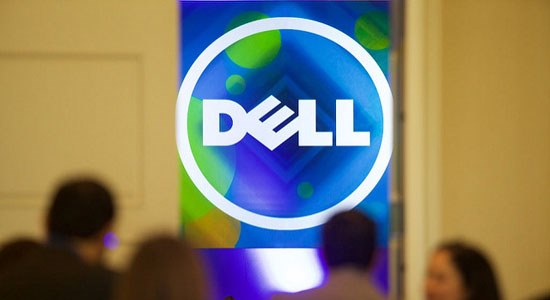Change is hard. But refusing to change can prove even more difficult. It isn’t enough for federal agencies to simply keep up with information technology, they have to start getting ahead of it, and that means becoming future ready.
The current federal IT infrastructure is old and dangerously vulnerable to cyber attack. It doesn’t have the capacity to handle today’s data. Federal agencies understand and struggle with these issues every day, but they see modernization as a Herculean task.
Here’s the big secret: the changes required to achieve a future-ready posture are incremental, cost-effective, and will result in dramatic and positive results for the agency. Becoming future-ready means tapping into the institutional knowledge of your resident IT leaders, letting them think big, and giving them the tools needed to get the job done. It means a mobile workforce transporting secure data across multiple devices. It means agile, software-based systems seamlessly transferring, securing, and sharing data with your older hardware.
Though legislation may codified the imperative for change, federal agencies have been eager to modernize, and have already made great strides toward their goal. The Department of Defense, for example, just committed to updating four million of its computer systems to the Windows 10 operating system. Defense CIO Terry Halvorsen said the upgrade was necessary to “improve our cybersecurity posture, lower the costs of IT, and streamline the IT operating environment.”
Modernization is best achieved in manageable steps. Becoming future-ready is a positive process, and you want your entire team to be on board. Here’s some advice to help you on your way:
Start with a plan. You can get there from here…if you look at a map. Building a roadmap to suit your agency’s needs and mission is critical. It’s difficult to be a champion of change if your team doesn’t know what they’re changing to. Honestly assess your agency’s IT strengths and weaknesses from the top down. Are the correct systems in place and ready to grow with the agency? Is the current infrastructure proactively managing data or just reacting to fires? The Common Baseline assessment required by the Federal IT Acquisition Reform Act (FITARA) is an excellent starting point. Once you determine where the challenges lay, you can be more strategic about the solution.
Invest in the future so you don’t have to keep investing in the future. When you spend all of your time and resources managing legacy systems, there’s nothing left for innovation, and innovation is the keystone for any successful future-ready organization. Federal CIO, Tony Scott, continues to stress the importance of “flipping the 80/20.” Eighty percent of agency resources should be devoted to innovation, future-ready technology, and modernization; right now, it is only at 20. If you want to shift the service that IT delivers from reactive to proactive, you have to free up the part of your budget that’s tied up in legacy maintenance.
Learn from industry. Federal agencies have long envied the flexibility and agility of their private sector counterparts. A future-ready government has the same opportunities to creatively approach challenges as industry does. So as you begin the shift from old to new, think about how your agency can use best practices from the private sector as a model for your own planning and growth. Dell took the path to modernization several years ago, and is uniquely positioned to help agencies navigate the process.
A future-ready workplace is connected, converged, and secure. A future-ready workplace harmonizes old and new, creating room for transition and modernization without disrupting the flow of information. A future-ready workplace has room to expand or contract in response to your agency’s mission requirements.
Change is knocking on the door. Don’t be afraid to answer.
